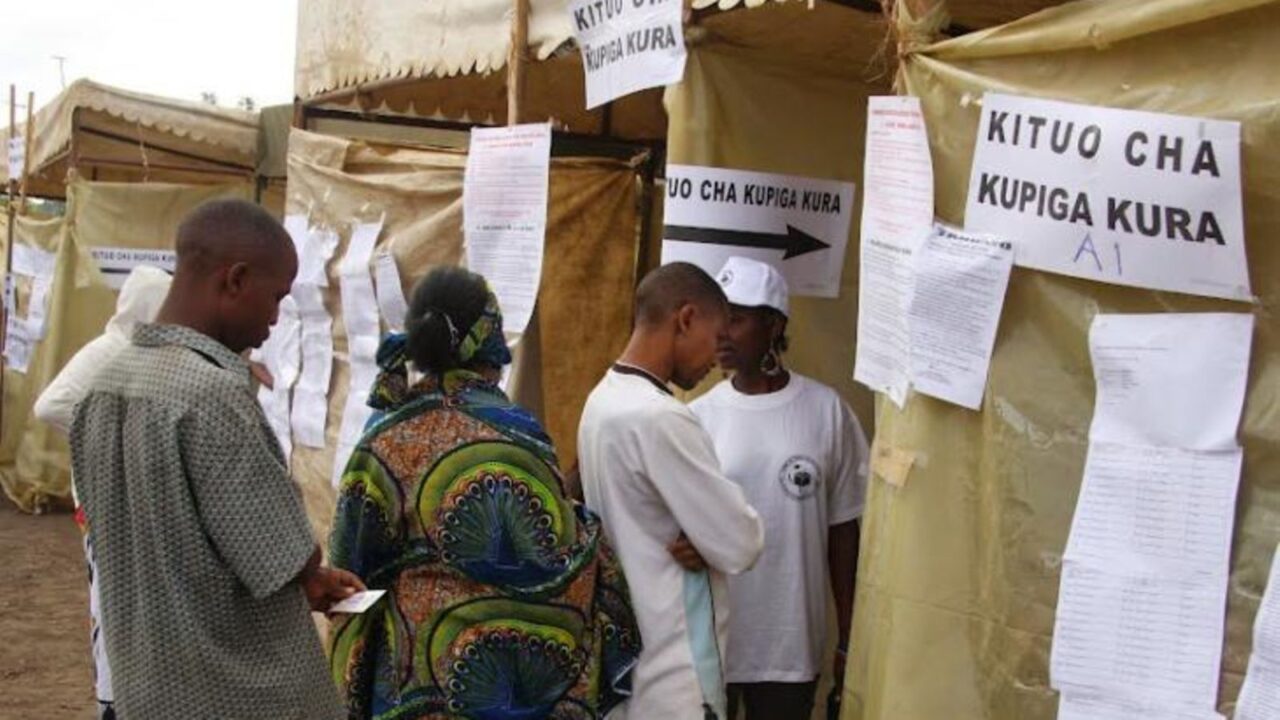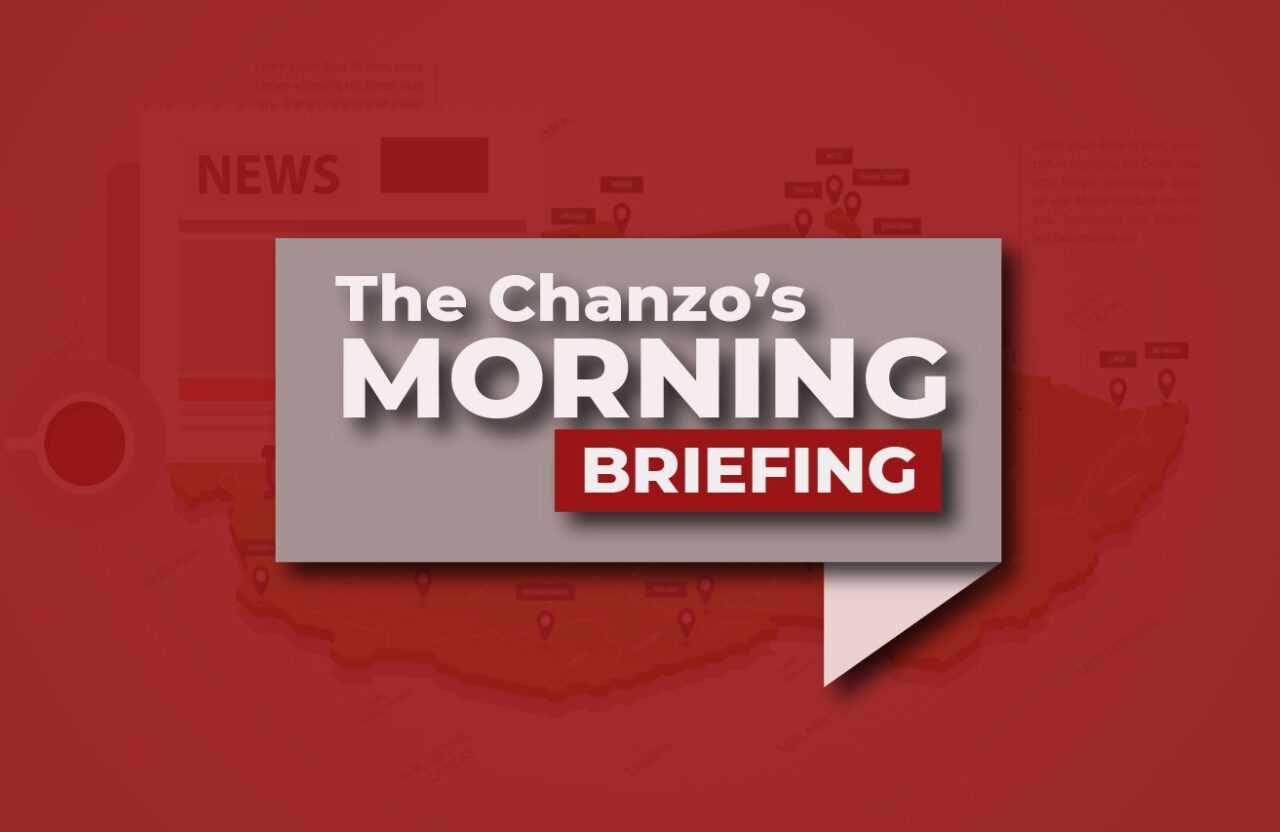Dar es Salaam. The African Development Bank’s Country Strategy Paper (CSP) for Tanzania has been implemented over the last two years, producing results that exceed expectations, according to the mid-term review of the CSP 2021-2025 published on November 9, 2023.
A statement released Friday reported that the rate of access to drinking water in the project areas in Arusha, which was 60 per cent of the population in 2019, is now 81 per cent, exceeding the 75 per cent target set for 2025.
The rate of access to essential sanitation services in the same areas has also improved, from 17 per cent in 2019 to 25 per cent in 2022, and is on course to achieving the target of 30 per cent by 2025.
These achievements have been made possible by the installation of 473 km of water pipes and the construction of 184 km of drains, said Jacob Oduor, the African Development Bank’s Chief Country Economist in Tanzania.
READ MORE: AfDB, EU, And France Invest $300m in Tanzania’s Hydropower Project
“The support of the African Development Bank Group was aimed at enhancing the quality and sustainability of Tanzania’s infrastructure by creating high-quality, multimodal transport facilities, improving electricity production and transmission and distribution grids, and developing water supply and sanitation systems,” he said.
“The mid-term review found that significant results have been achieved for the first part of the CSP implementation period,” Oduor added.
In total, 120 km of main roads have been upgraded from gravel to standard bitumen surface, compared with a target of 111 km at mid-term. Regarding the project’s impact on gender, women have taken on over 30 per cent of the more than 1,500 local jobs created by the Bank’s various interventions in the transport sector.
Other ongoing projects in the transport sector are projected to produce further results between June 2023 and the end of the CSP implementation in December 2025. These include building and renovating schools, hospitals, markets and community wells and planting trees to mitigate the effects of climate change.
READ MORE: EU, French Development Agency Formalise Joint Financing of Kakono Hydropower Plant
Moreover, civil engineering works carried out as part of the Transport Sector Support Program should reduce travel time from eight to three hours within the project areas.
In addition, the target of 136.5 MW of renewable energy production is set to be achieved by the end of 2025, thanks to the ongoing hydropower generation projects.
Finally, 394 of the planned 2,285 km of high-voltage transmission lines have been built under the Kenya-Tanzania 400 kV Power Interconnection Project, which is nearing completion.
At the same time, the remainder will come from the Malagarasi Hydropower Project and the North-West Electricity Transmission Project.
At the CSP mid-term on 30 June 2023, the African Development Bank Group’s active portfolio in Tanzania comprised 25 operations, with a total value of USD 2.75 billion.




